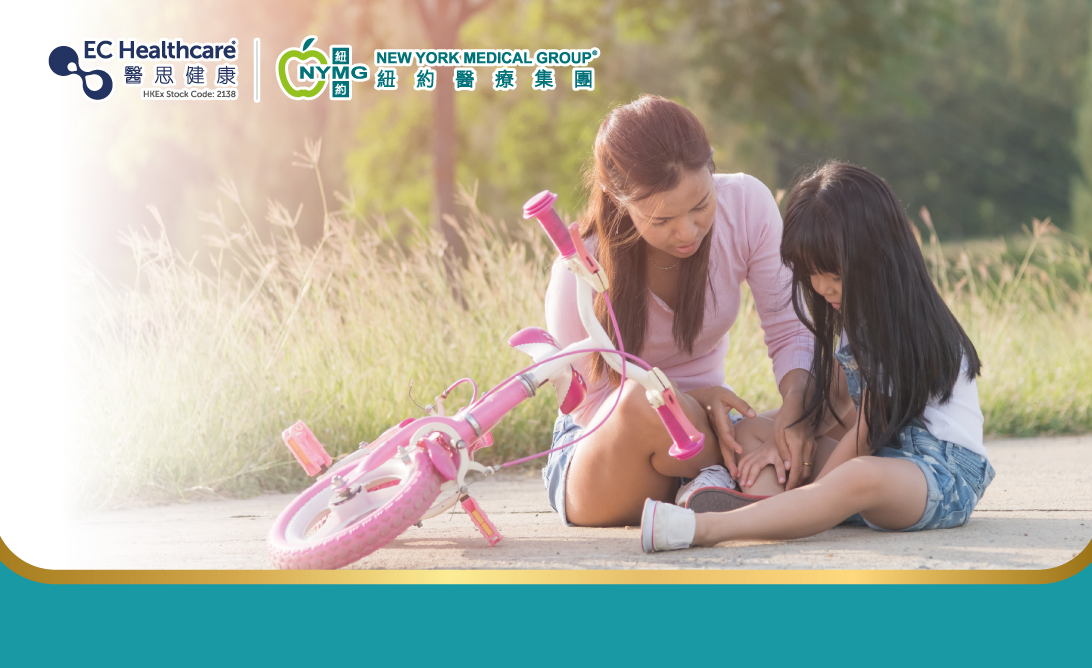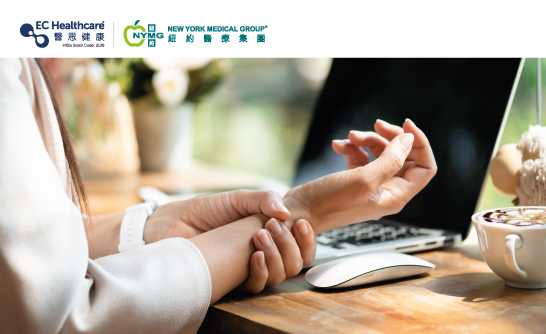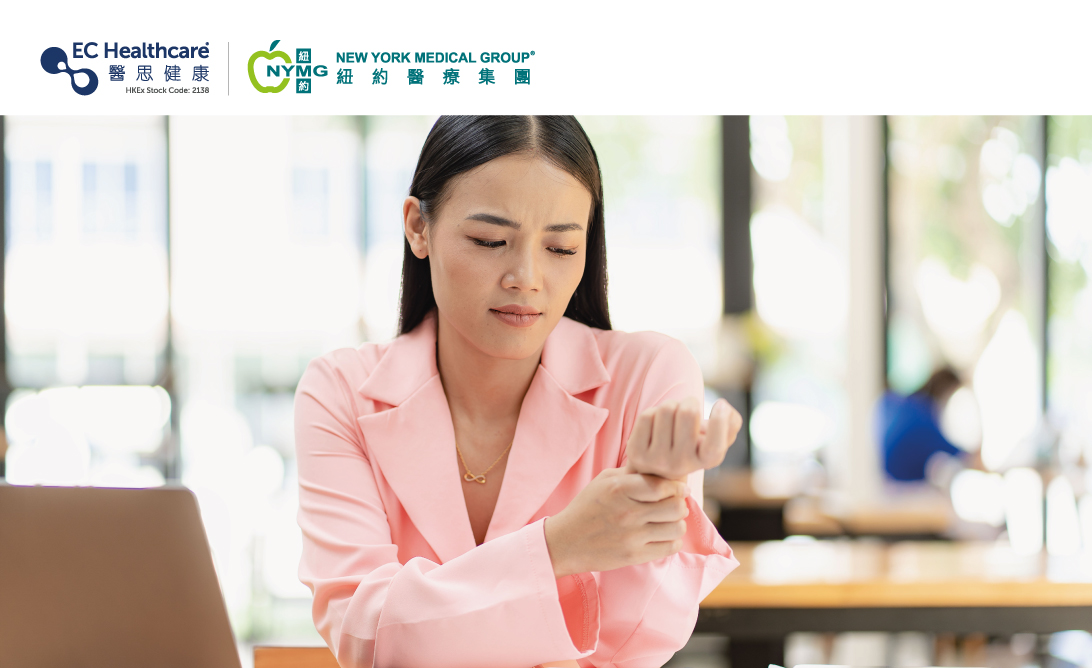Spring Cycling: Preventing Sports Injuries


Cycling is one of the most popular sports in Hong Kong and many parents are seen teaching their children how to cycle during holidays. Both adults and children enjoy cycling and the Government is committed to building more cycle tracks in the New Territories to facilitate the public to use them on weekends and in their spare time. While enjoying family fun, parents should also develop the right concepts for their children. It is crucial to be aware of safety in all sports to avoid injuries.

Hand injuries are one of the most common injuries associated with cycling. Beginners often experience unconscious tightening of their arms due to nervousness. Children do not know how to use their waist muscles, so they lean too far forward when cycling, putting the entire weight of their upper body on their arms and wrists. Excessive flexion of the wrist can increase pressure on the carpal tunnel, leading to problems such as hand pain due to impaired median nerve conduction. The carpal tunnel is located inside the wrist and acts as a channel through which the median nerve and the tendons of the hand extend into the palm. Due to the narrow space in the carpal tunnel, excessive pressure on the handle can cause compression of the median nerve in the carpal tunnel. In this case, the patient will experience tingling, burning, swelling and numbness on the inner side of the thumb, index finger, middle finger and ring finger. In the early stages, the above symptoms will disappear gradually if the posture is changed. However, if you keep doing the same action or movement, you may wake up at night with numbness and pain.

The most important thing you can do to prevent wrist injuries is to avoid keeping your wrists in a bent position for long periods of time. Parents should remind children not to grip the handlebars too hard and to increase the frequency and duration of hand rests. In addition, the angle between the wrist and lower arm when cycling should be kept in line when viewed from the side. A wrist position that is too high or too low puts too much pressure on the wrist muscles and joints. A proper warm-up and stretching should be done before and after cycling to relax the muscles and tendons. Maintain a range of motion in the joint to avoid straining the soft tissues during exercise. Warm up for at least 15 minutes at a time, with short breaks at regular intervals. Relax your muscles and change your posture to avoid muscle strain caused by maintaining the same position for a long time.

On the other hand, proper posture and warm-up exercises are equally important for adults and children alike. Wrong cycling posture or insufficient warm-up before exercise is often the most likely cause of spinal injury. The pressure on the lumbar spine when cycling is not just the weight of the upper body: the body leans forward and the lumbar spine has to bear the weight of the whole body when cycling. Lower back pain can be caused if the bike is held in an incorrect position for long periods of time or if the bike is ridden on uneven surfaces. Also, many people overlook the height of the bike saddle. The seat must be adjusted to the ideal height, otherwise, the seat is too high or too low, making the knees vulnerable to injury. Too high a centre of gravity can also lead to accidents. You should be able to maintain a comfortable and natural posture on the bike, i.e., keep your upper body at 90 degrees to the cushion. The correct position is when the front foot is placed on the pedal and the kneecap is in line with the axis of the pedal. As long as parents set a good example and take good precautions, children can enjoy cycling with all their heart.
If you are injured after cycling and have not recovered for a long time, you should seek medical treatment as soon as possible to avoid exacerbating the pain。










